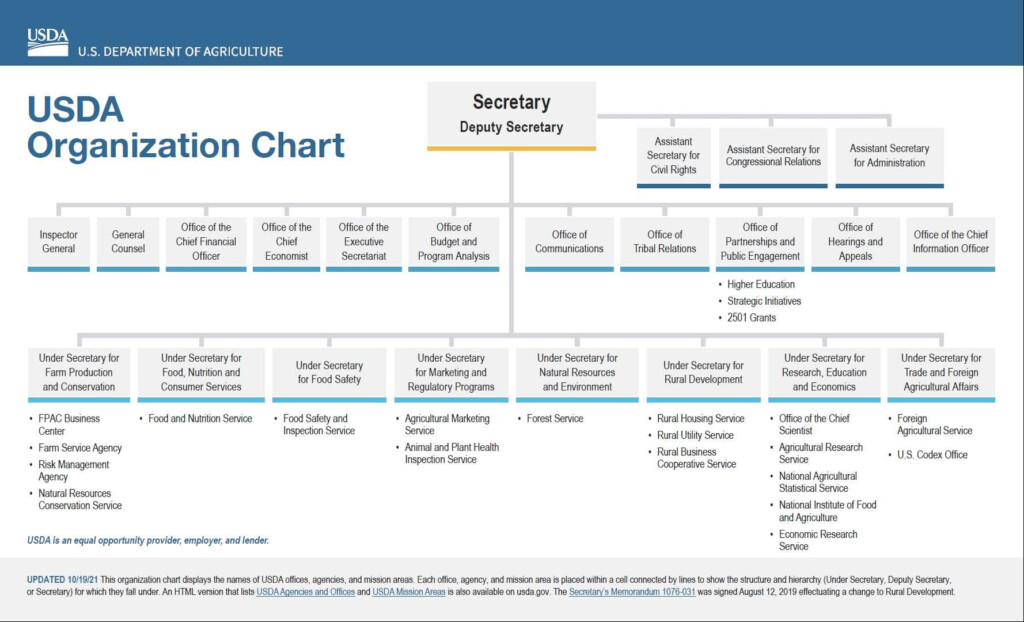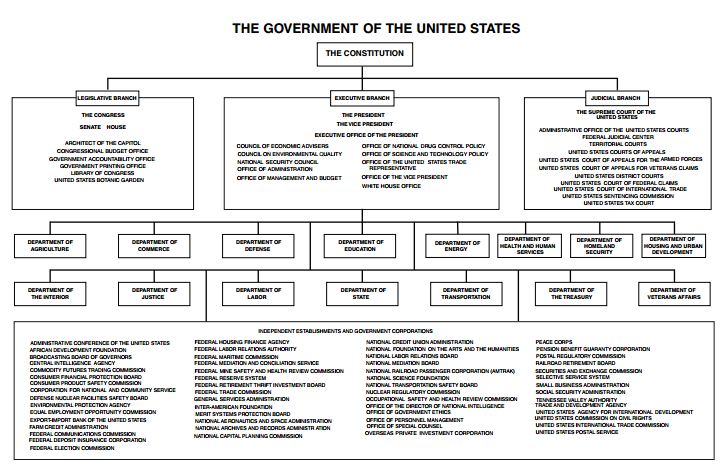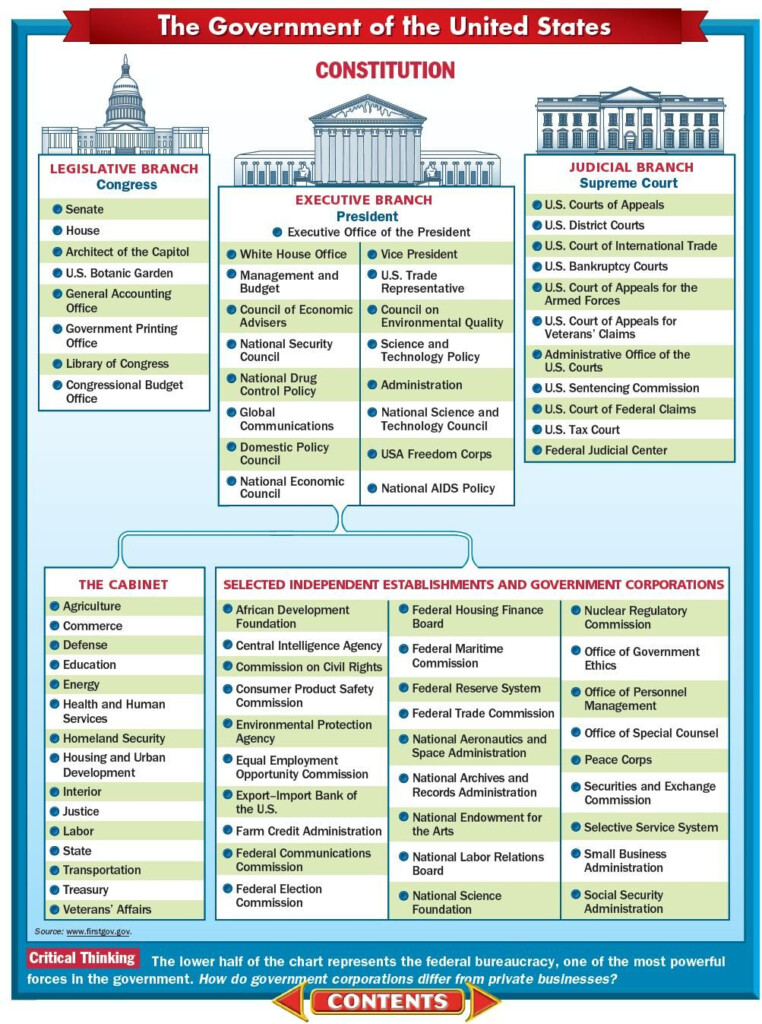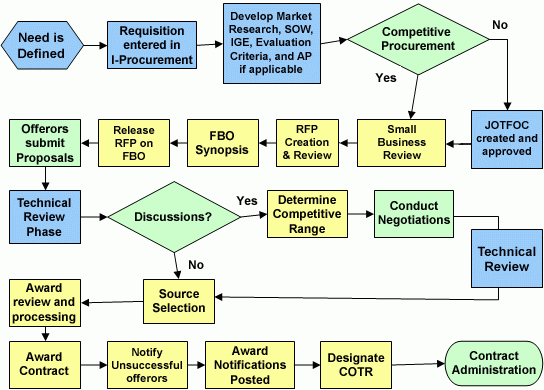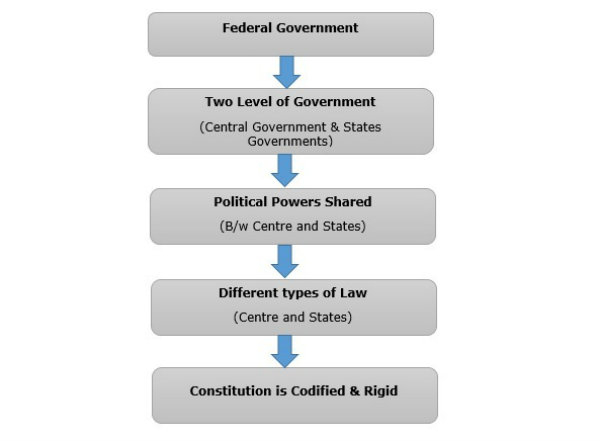The Executive Branch of the federal government is responsible for enforcing laws and administering public policy. At the top of the Executive Branch is the President, who is elected every four years. The President is assisted by the Vice President and the Cabinet, which is made up of the heads of various federal departments. The flow chart for the Executive Branch shows the hierarchy of power and the chain of command from the President down to the various departments and agencies that make up the federal government.
Each department within the Executive Branch has specific responsibilities and functions. For example, the Department of Defense is responsible for the nation’s military and national security, while the Department of Health and Human Services oversees public health programs and services. The flow chart of the Executive Branch helps to illustrate how these departments work together to carry out the duties of the federal government.
Flow Chart Of Federal Government
Legislative Branch
The Legislative Branch of the federal government is responsible for making laws. It is made up of two houses of Congress – the House of Representatives and the Senate. The flow chart for the Legislative Branch shows how a bill becomes a law, starting with its introduction in either the House or the Senate, followed by committee review, debate, and ultimately a vote by both houses of Congress. If the bill is approved by both houses, it is sent to the President for signature.
Each house of Congress has its own leadership structure, with the Speaker of the House and the Senate Majority Leader serving as the top officials. The flow chart of the Legislative Branch helps to illustrate the legislative process and the role of each house of Congress in passing legislation that affects the country as a whole.
Judicial Branch
The Judicial Branch of the federal government is responsible for interpreting laws and ensuring that they are applied fairly and consistently. At the top of the Judicial Branch is the Supreme Court, which is the highest court in the country. The flow chart for the Judicial Branch shows the hierarchy of the federal court system, with the Supreme Court at the top, followed by the circuit courts of appeals and the district courts.
The Supreme Court has the authority to review decisions made by lower courts and to interpret the Constitution. The flow chart of the Judicial Branch helps to illustrate how the federal court system works and the role of the Supreme Court in upholding the rule of law in the United States.
By providing a detailed overview of the flow chart of the Federal Government, this article aims to inform readers about the structure and functions of the three branches of government in the United States. The organized format and clear subheadings make it easy for readers to navigate and understand the complex workings of the federal government.
Download Flow Chart Of Federal Government
Us Government Org Chart Ponasa
A Federal Government Organizational Chart Artofit
Government Contracting Process Flow Chart Vrogue co
Indian Polity Federal System
